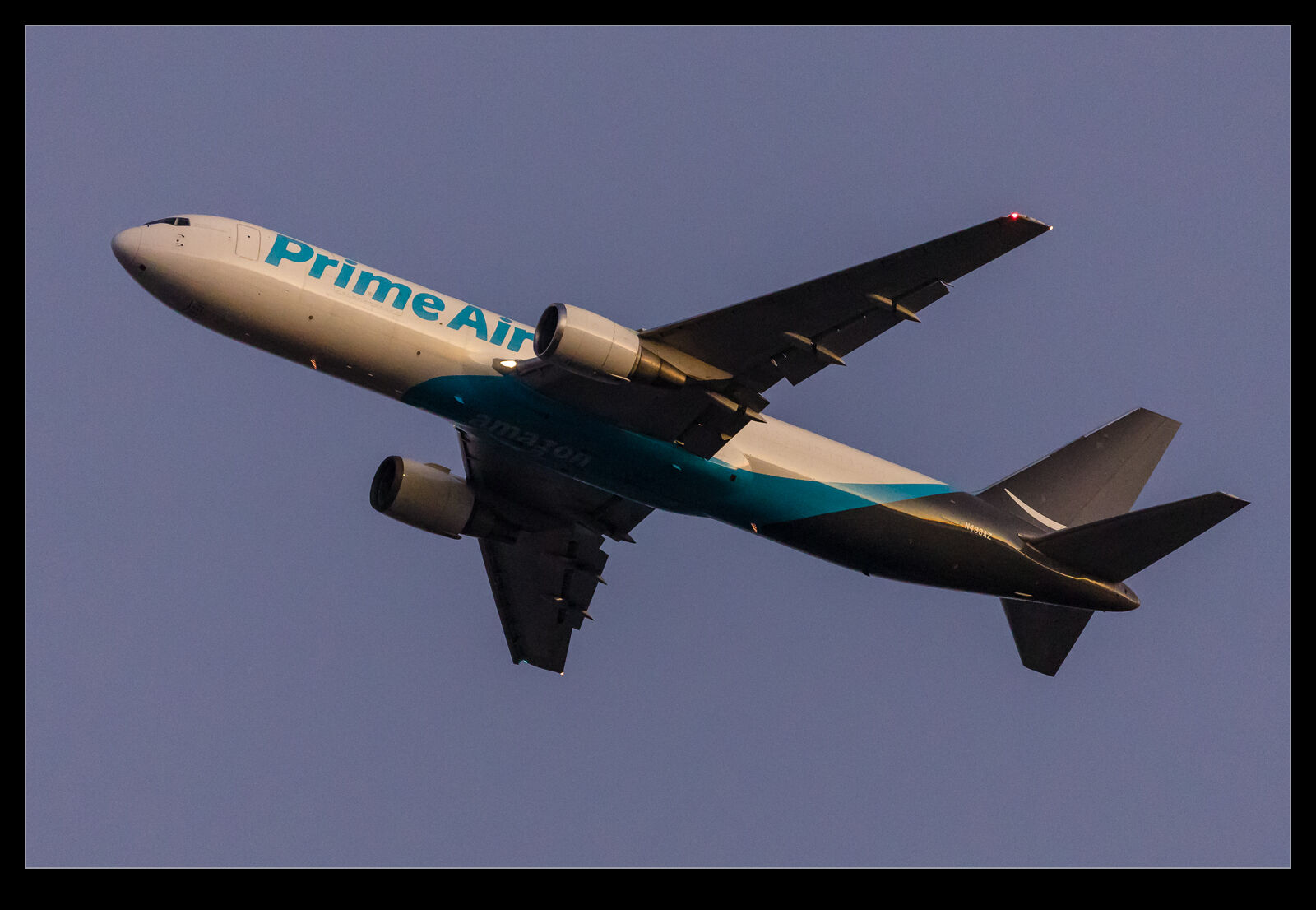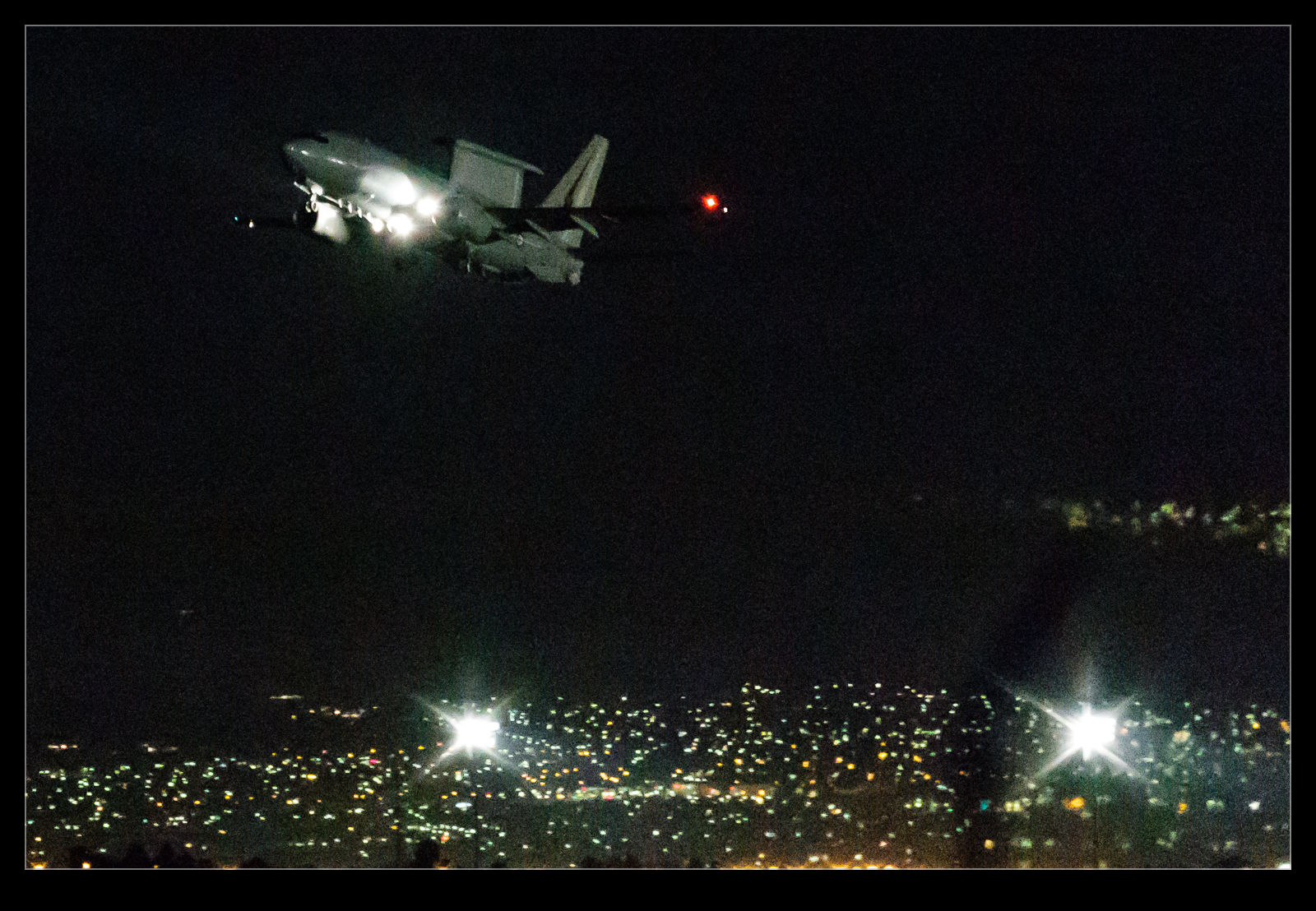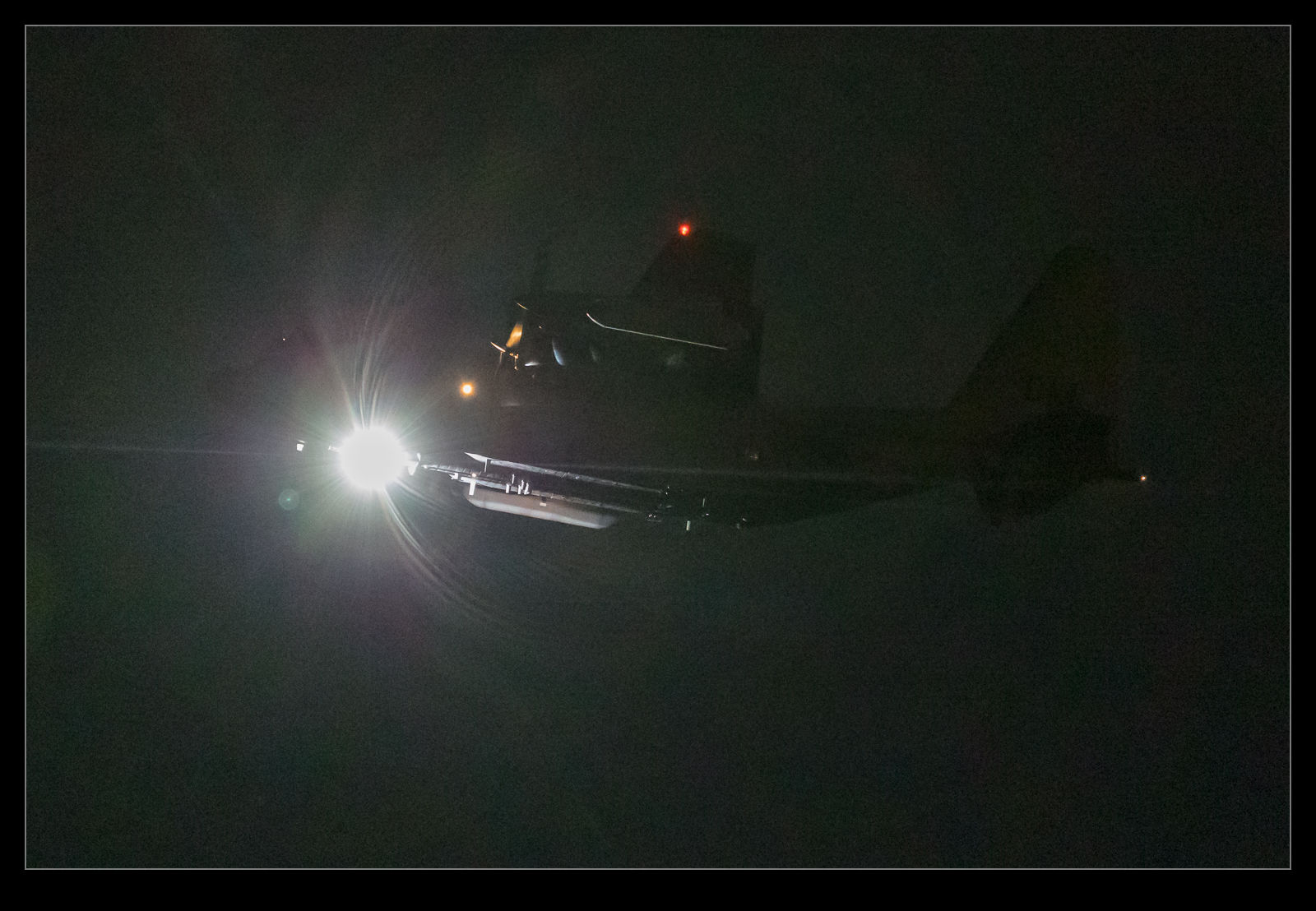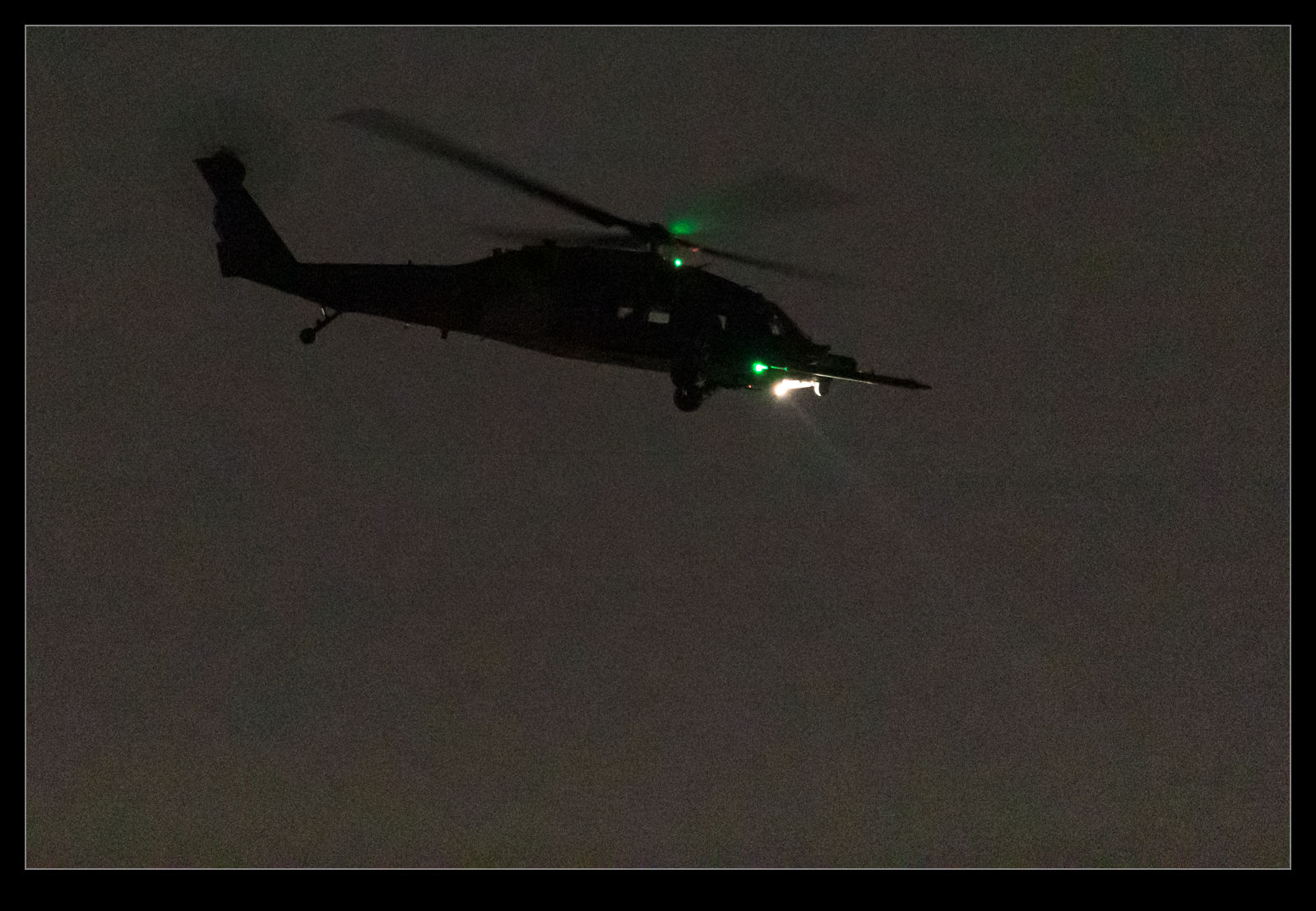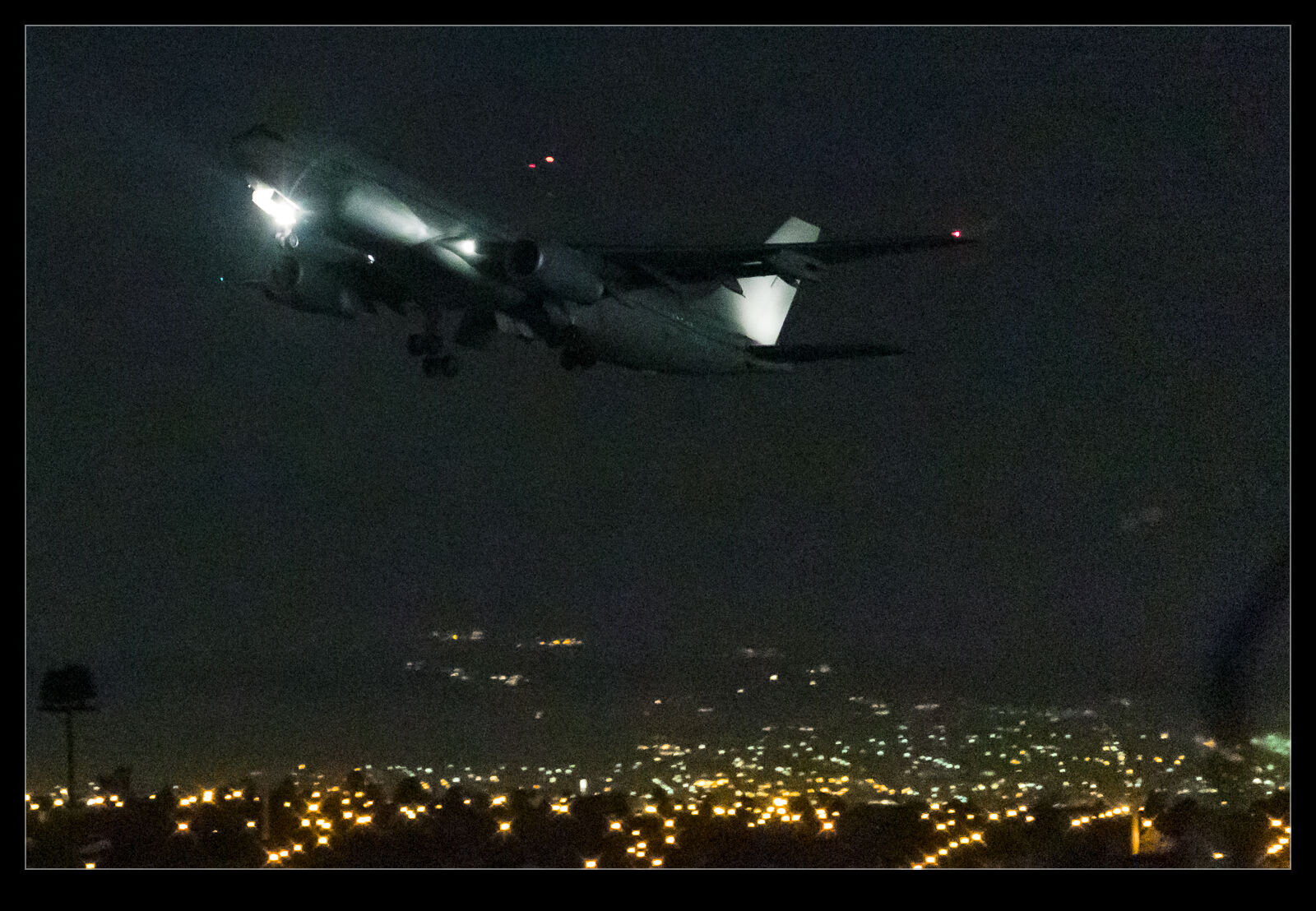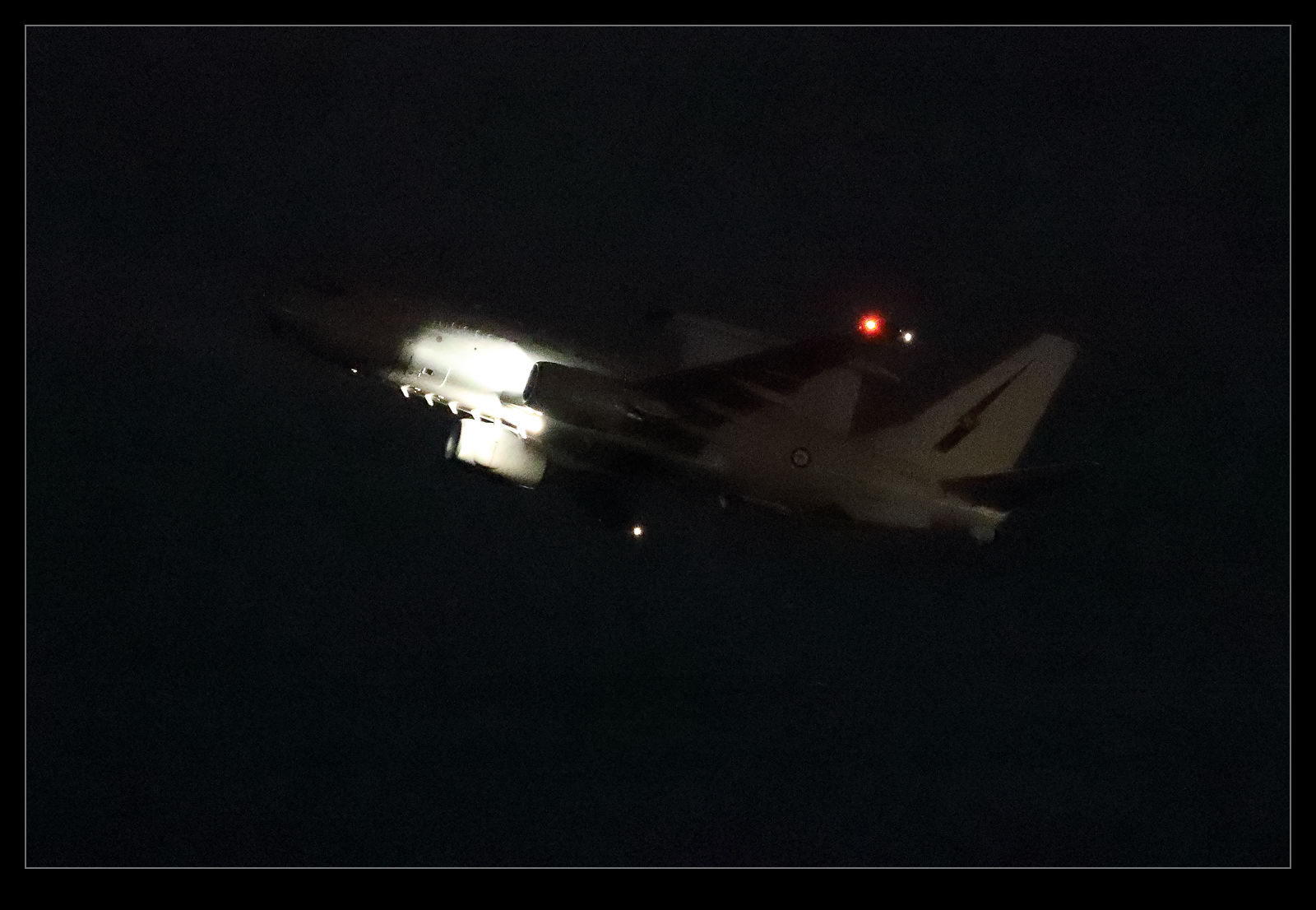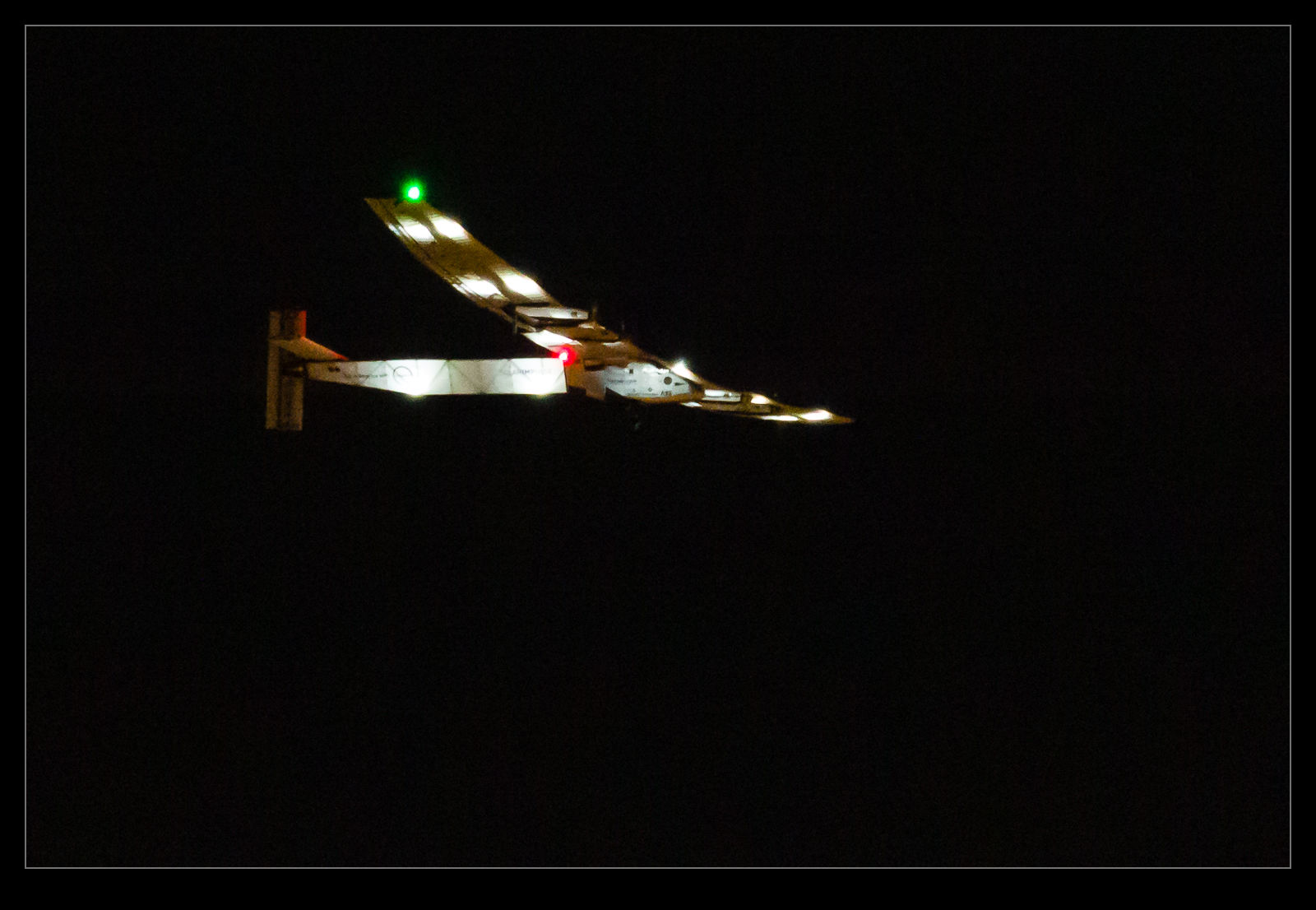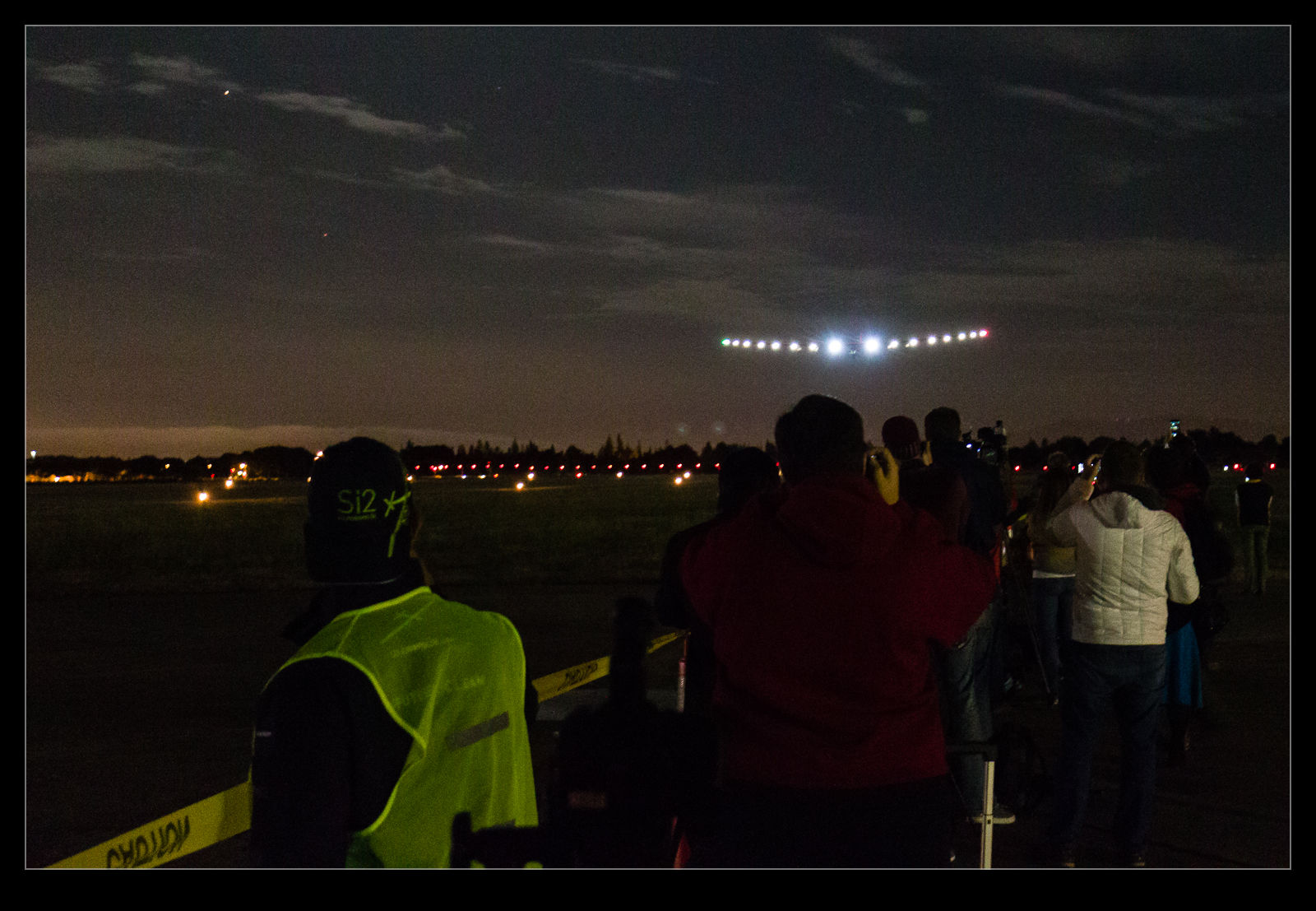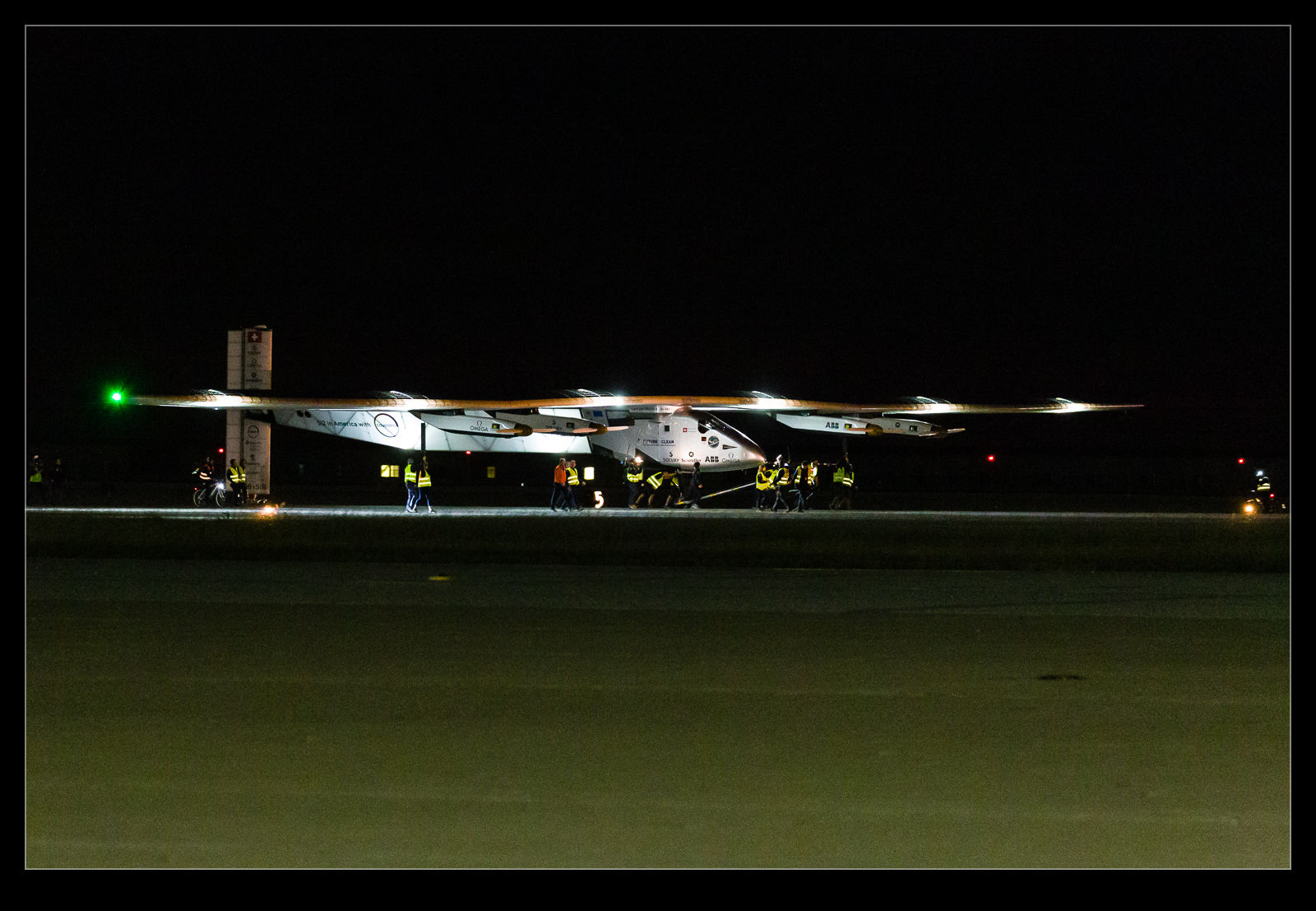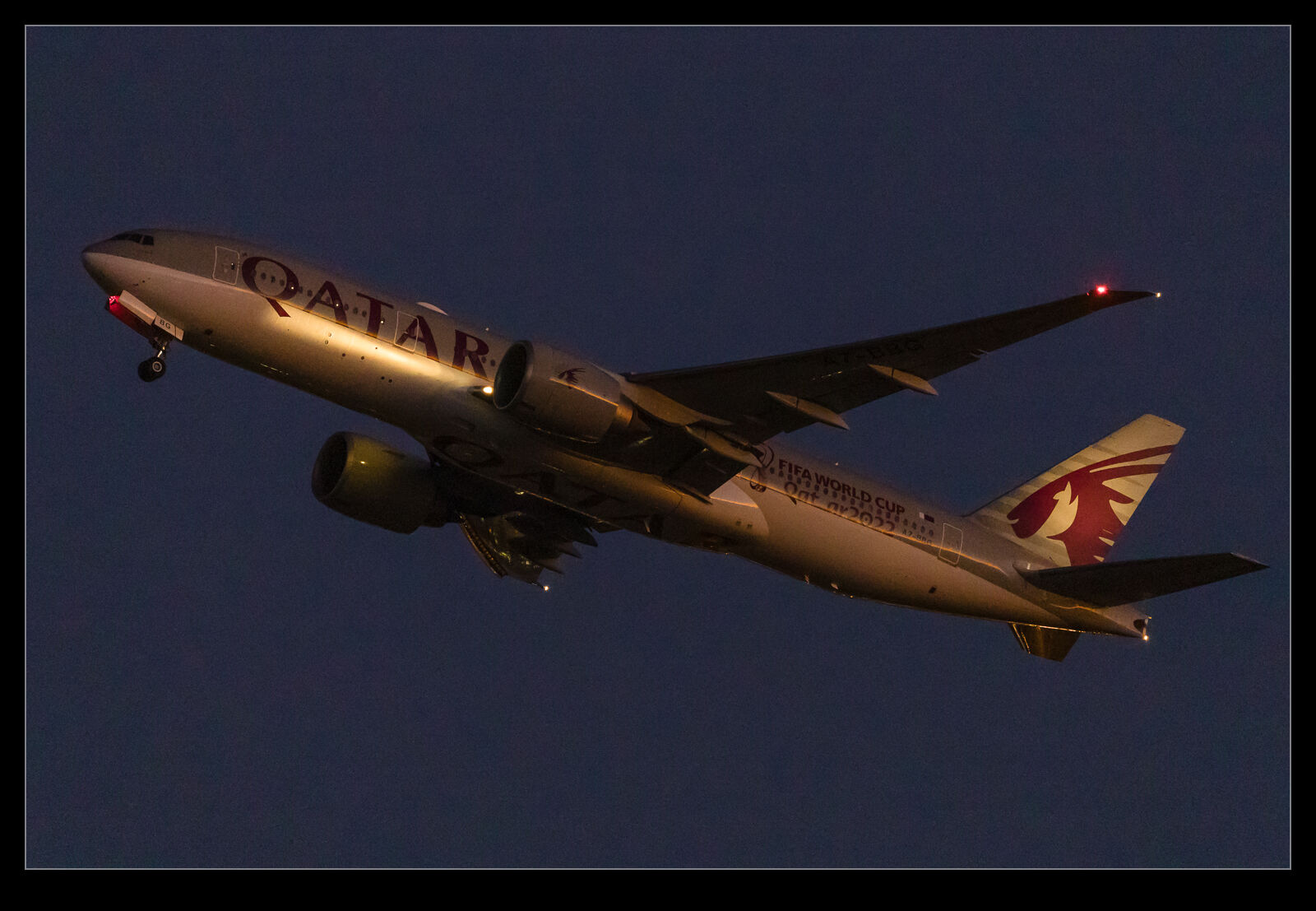 One of the things that photographers that have only used digital cameras can’t appreciate is ability to shoot in low light conditions. When I was shooting film, you were already struggling with image quality with ISO 400 film. Early digital cameras got very noisy as the ISO got ramped up but, these days, the capabilities of shooting in very low light are truly amazing for those of us that are old enough to remember what it was like. ISO1000 black and white film was adventurous!
One of the things that photographers that have only used digital cameras can’t appreciate is ability to shoot in low light conditions. When I was shooting film, you were already struggling with image quality with ISO 400 film. Early digital cameras got very noisy as the ISO got ramped up but, these days, the capabilities of shooting in very low light are truly amazing for those of us that are old enough to remember what it was like. ISO1000 black and white film was adventurous!
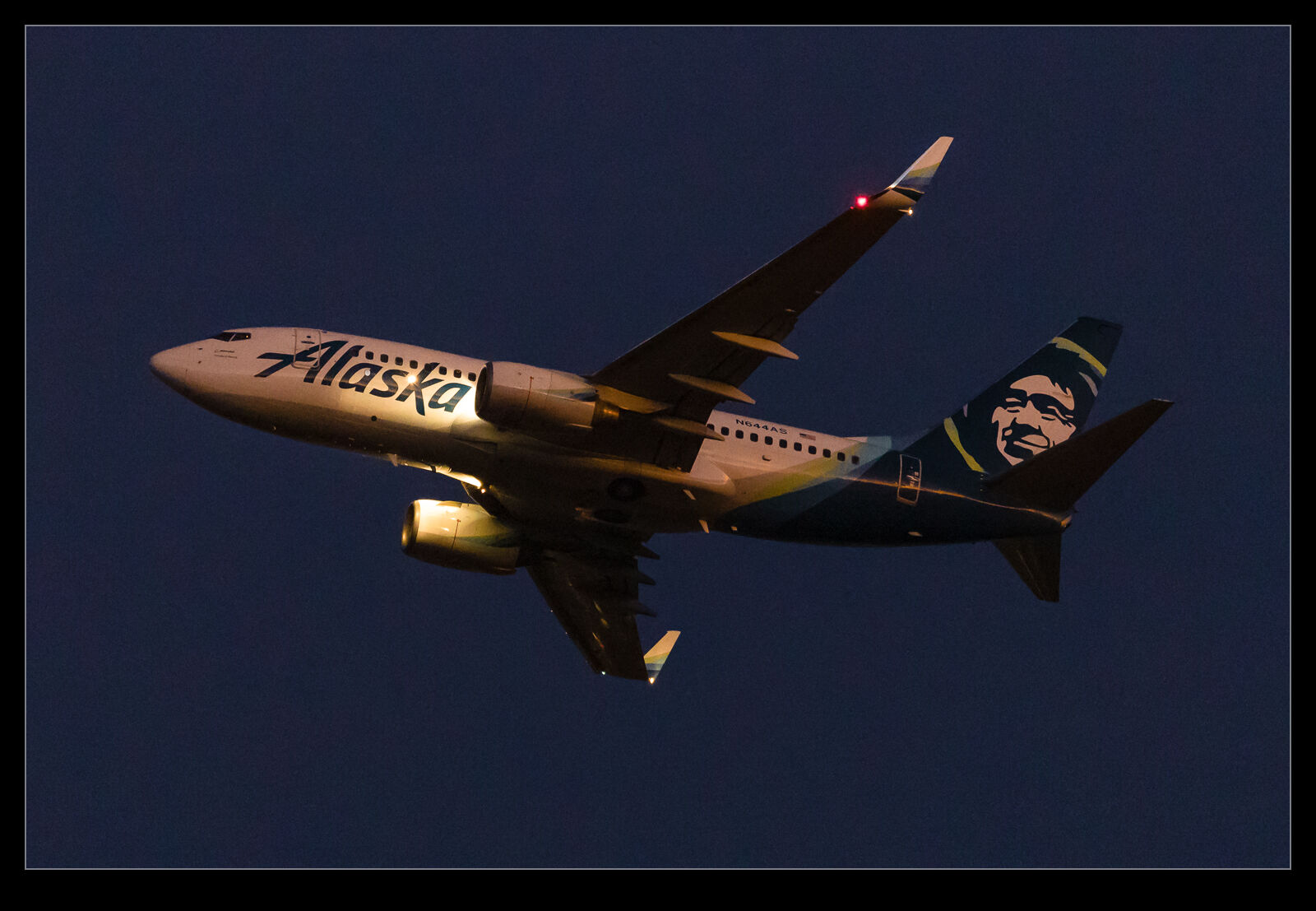 Now I feel quite comfortable trying all sorts of silly things. I had gone down to SEA one evening to try and get a departure that was possibly going out just before sunset. Sadly, it didn’t play ball and the sun was gone by the time it headed out. However, I was there and the camera can do silly ISO numbers so why not. It still needs to drop the shutter speed down quite low but, with a fast burst rate, the chances of getting a reasonable shot are not bad.
Now I feel quite comfortable trying all sorts of silly things. I had gone down to SEA one evening to try and get a departure that was possibly going out just before sunset. Sadly, it didn’t play ball and the sun was gone by the time it headed out. However, I was there and the camera can do silly ISO numbers so why not. It still needs to drop the shutter speed down quite low but, with a fast burst rate, the chances of getting a reasonable shot are not bad.
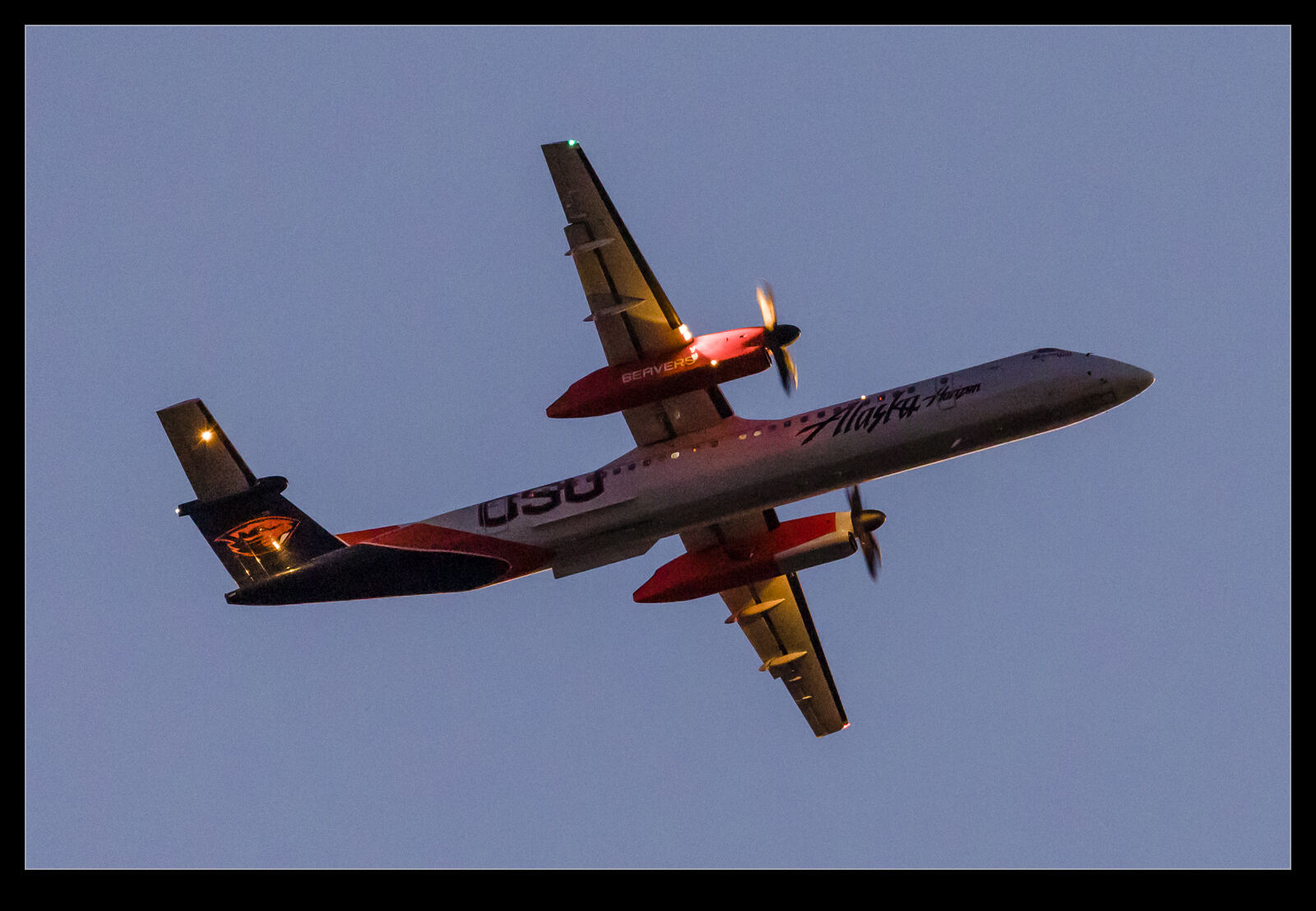 I figured I would play around with shooting departure shots as the last of the light was fading away. It was more about trying something different rather than aiming for the perfect shot. I did have some interesting planes to play with but also plenty of Alaska 737s. The light was pretty dim and ISO51200 is quite something to work with but the image quality is really very impressive considering what conditions you are shooting in.
I figured I would play around with shooting departure shots as the last of the light was fading away. It was more about trying something different rather than aiming for the perfect shot. I did have some interesting planes to play with but also plenty of Alaska 737s. The light was pretty dim and ISO51200 is quite something to work with but the image quality is really very impressive considering what conditions you are shooting in.
